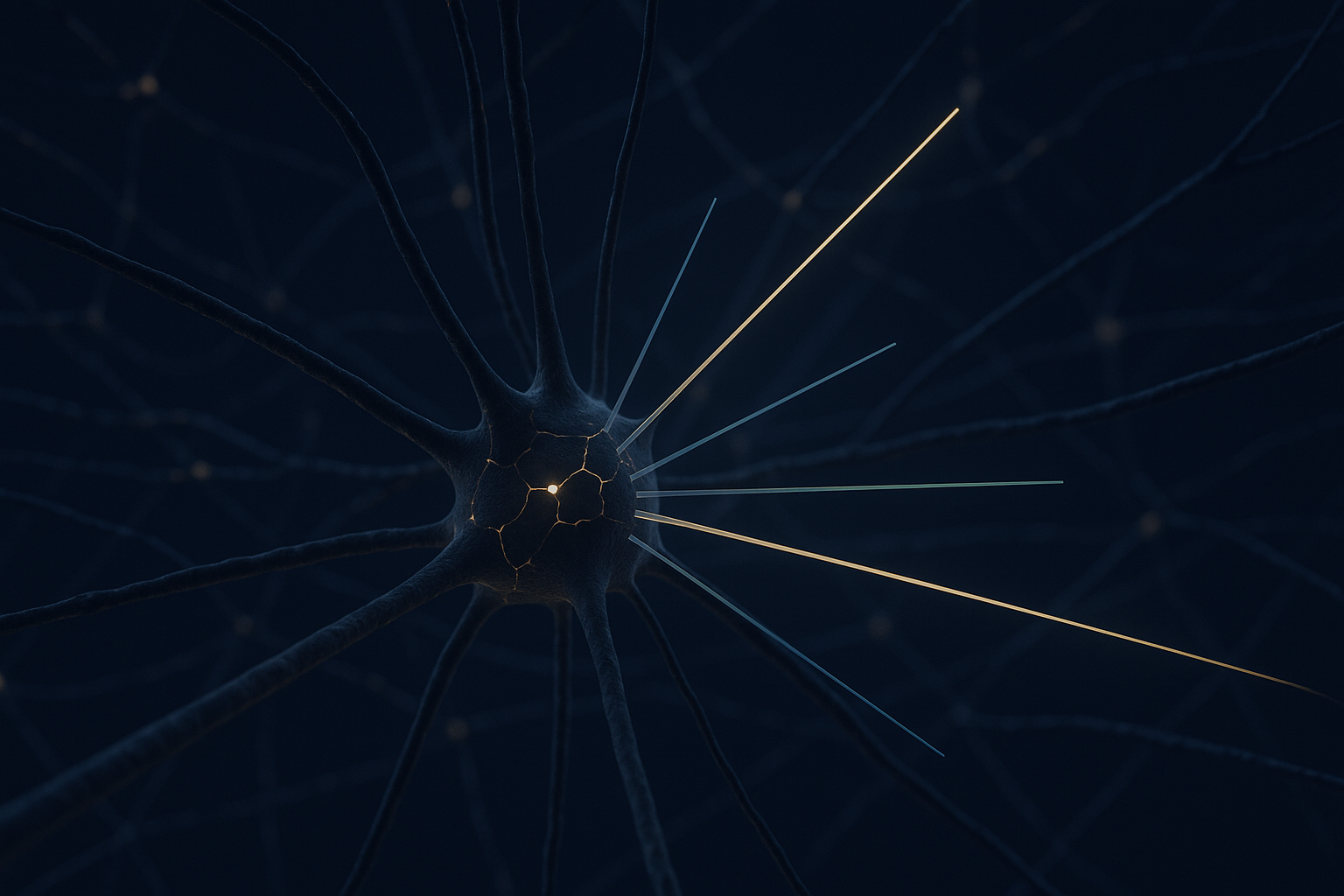Getting started with Weights and Biases
Weights and biases includes a great tool for doing hyperparameter sweeps. This is strongly recommended to use when getting started with dendrites because the dendritic hyperparameters play an important role and with each new project there could be a high variation in optimal parameters.
Initialization
Make sure you have already created an account and then add the import and login at the top of your file.
import wandb
wandb.login()Set Up the Sweep
We typically recommend using the random sweep method and maximizing the validation accuracy. But other sweep methods are available and minimizing the validation loss is also an appropriate goal.
sweep_config = {"method": "random"}
metric = {"name": "ValAcc", "goal": "maximize"}
sweep_config["metric"] = metricPicking Hyperparameters
In addition to normal hyperparameters you may want to use, these are the ones most important for dendrites.
parameters_dict = {
# Used for all dendritic models:
# Speed of improvement required to prevent switching
# 0.1 means dendrites will switch after score stops improving by 10% over recent history
# This extra-early early-stopping sometimes enables high final scores as well as
# achieving top scores with fewer epochs
"improvement_threshold": {"values": [0.1, 0.01, 0.001]}
# Multiplier to initialize dendrite weights
"candidate_weight_initialization_multiplier": {"values": [0.1, 0.01]}
# Forward function for dendrites
"pb_forward_function": {"values": [torch.sigmoid, torch.relu, torch.tanh]}
# Only used with Perforated Backpropagation add-on
# A setting for dendritic connectivity
"dendrite_graph_mode": {"values": [True, False]},
# A setting for dendritic learning rule
"dendrite_learn_mode": {"values": [True, False]},
# A setting for dendritic weight adjustments
"dendrite_update_mode": {"values": [True, False]}
}Updating config and generating ID
Once this dict has been setup with options, the sweep config can be adjusted and the wandb sweep can be initialized.
sweep_config["parameters"] = parameters_dict
sweep_id = wandb.sweep(sweep_config, project="My First Dendrite Project")Getting the Run Setup
Next you have to modify your main function to actually run the sweep, this can be done very simply by creating a wrapper function run() which calls your original main.
def run():
with wandb.init(config=sweep_config) as run:
main(run)
if __name__ == "__main__":
# Count is how many runs to perform.
wandb.agent(sweep_id, run, count=100)Using the config values
Inside your main you now have access to the current config. This can be used as follows:
def main(run):
config = run.config
PBG.improvement_threshold = config.improvement_threshold
PBG.candidate_weight_initialization_multiplier = config.candidate_weight_initialization_multiplier
PBG.pb_forward_function = config.pb_forward_function
PBG.dendrite_graph_mode = config.dendrite_graph_mode
PBG.dendrite_learn_mode = config.dendrite_learn_mode
PBG.dendrite_update_mode = config.dendrite_update_mode
name_str = "_".join([f"{key}_{wandb.config[key]}" for key in wandb.config.keys()])
run.name = name_strLogging
Then inside your script you'll also need to add logging. You can add as much or as little as you'd like but we'd recommend at least logging training and validation scores
run.log({"ValAcc": val_acc_val, "TrainAcc": train_acc_val, "TestAcc": test_acc_val})Running
Now just run your program as usual and you will be able to see the sweep on the sweeps tab on your weights and biases homepage
